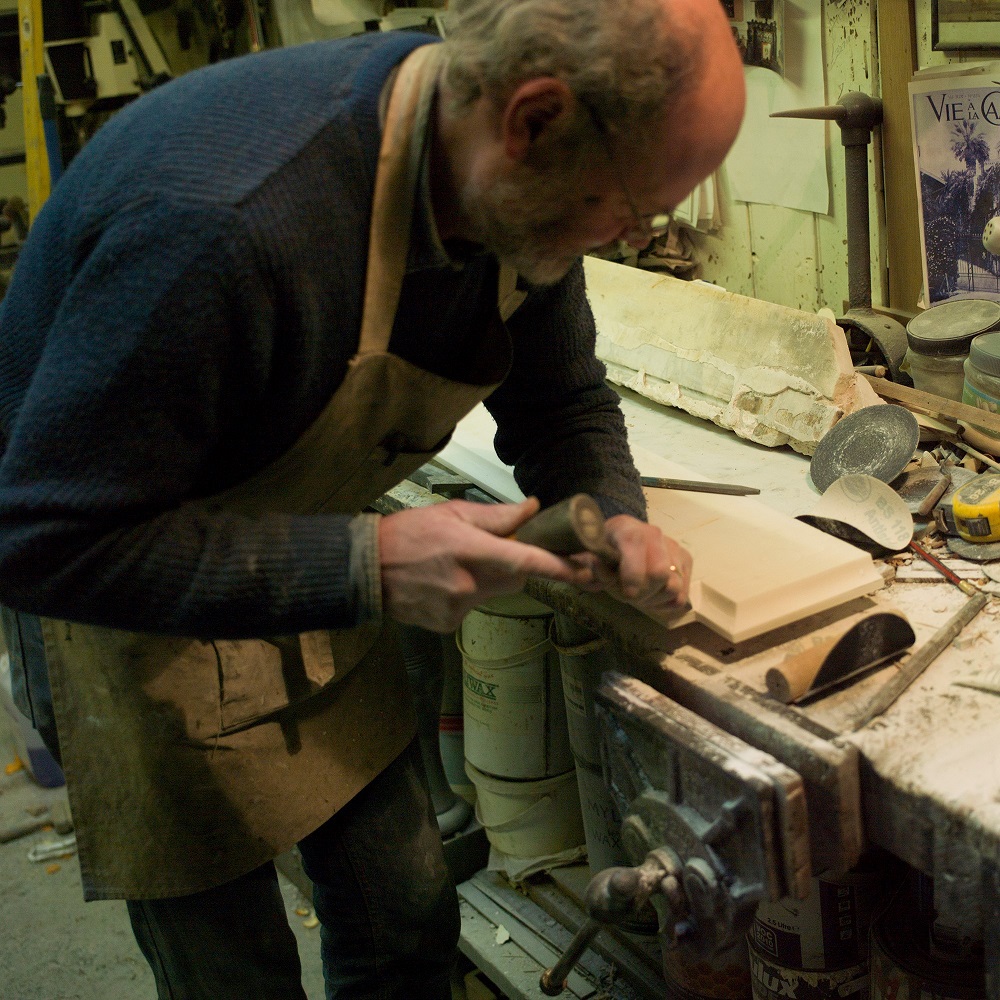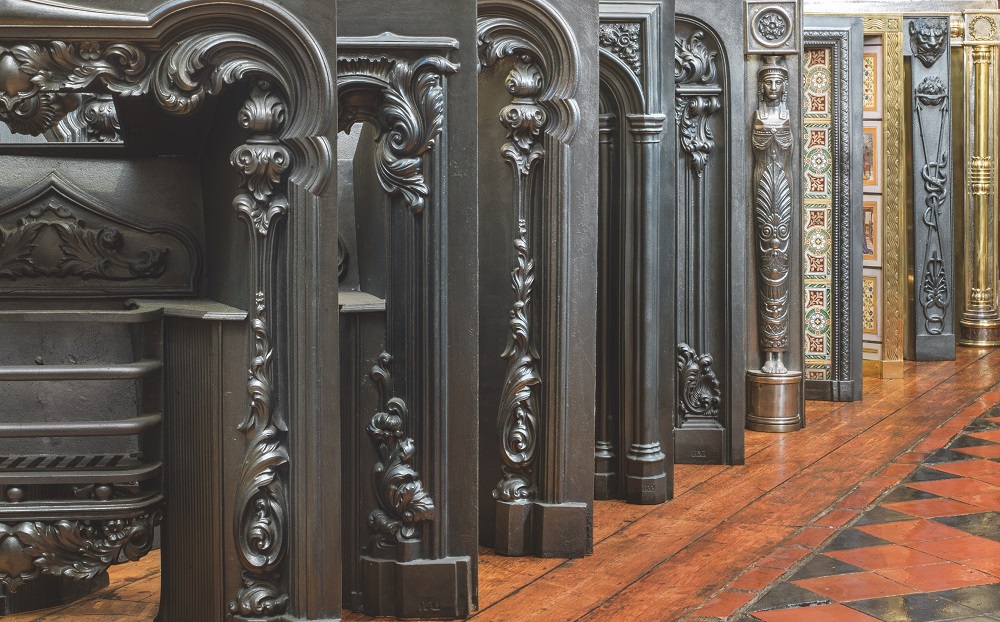All antique enthusiasts can relate to the absolute delight of uncovering a hidden gem or adding a missing piece to their collection.
Being equipped with a basic understanding of how to spot fake antiques can prove a handy tool in the world of antiquing and act as a prerequisite to any excitement.
The thrill of buying antiques will, however, quickly expire if you later realise you’ve been dubbed by a reproduction.
As the ability to replicate an item is advancing, it’s becoming increasingly difficult to identify an authentic antique.
So with this in mind, how do you go about spotting fake antiques?

× 
Expect imperfections and signs of ageing
Any dealer worth their salt will know whether an item has been restored and should be able to provide details
Considering antiques are at least 100 years old, it’s not surprising that we would expect to see signs of ageing. In fact, imperfections can help signify authenticity.
For example, wood commonly shrinks over time resulting in misshapen furniture. Note that wood also darkens with age and so you would expect any newly exposed surfaces to be lighter than the rest of the item.
Alternatively, if the item contains glass or porcelain, such as an antique mirror, it would be unsurprising to spot chips and cracks.
It’s also worth noting that some objects might have already undergone restoration to preserve the antique and therefore spotting signs of age or repair may not be easy for a novice's eye.
Crucially, though, any dealer worth their salt will know whether an item has been restored and should be able to provide details - don’t be afraid to ask questions!
Caution: whilst we hope this doesn’t happen frequently, it isn’t unheard of for fake antiques to be purposefully aged by dealers and sold as a restored item.

× 
Do your research
When looking to source antiques, research will undoubtedly be your best coat of arms on the battlefield.
One of the best “time stamps” on an object is the material used. For example, in upholstery, polyester did not come into usage until the 1920s.
Thus, real antiques would contain natural stuffing such as horsehair, which will feel bristly and not spring back into place when pressed.
Likewise, furniture made before the 1930s wouldn’t feature plywood or particle board.
In upholstery, polyester did not come into usage until the 1920s
Look for a mix of woods (and note that furniture made from oak, walnut, cherry, or maple can date as far back as the early seventeenth century and often indicates an antique).
When looking at porcelain, note that items dated pre-18th century will be made of “soft paste” porcelain as opposed to the more modern “hard paste”. Use a black (UV) light to identify soft paste which will glow white as opposed to hard paste which fluoresces purple.
Note: If an item has been too heavily restored, it is no longer an antique - this is often the case with porcelain.
Be aware of any key requirements of an item. For example, a genuine Eames recliner will be set at a permanent 15° angle, rather than actually reclining.
An eye for detail is important
Screws were handmade until about 1880. Look for little or no taper and a much shallower spiral
Now you’ve done your research, an eye for detail becomes important. Careful inspection of an item can reveal some obvious tell-tale signs of fake antiques.
For example, screws were handmade until about 1880. Look for little or no taper and a much shallower spiral to spot the genuine article.
Round nails appeared around 1900, before which they were square cut. Staples are also a big giveaway, which came into play at a similar time.
Objects such as antique fireplaces may feature a signature or company branding – often engraved.
A lot of detailed information can be gleaned from such marks with the right knowledge. For example, silver hallmarks denote where the silver content was certified, when it was made and by whom.
Caution: a mark or company engraving isn’t always enough to prove an antique is genuine if other elements don’t add up.

× 
Shop from a trusted supplier and ask questions
Dealers that are part of an association and are accredited must disclose the vital information to authenticate a piece. Use their knowledge and ask plenty of questions.
A huge giveaway of fake antiques is if they appear to be in plentiful supply
It may prove harder to spot fake antiques online. Carry out due diligence - ensure you are confident in the quality of the item before making a purchase.
A huge giveaway of fake antiques is if they appear to be in plentiful supply. Part of an antiques value is its scarcity. If a seller has a glut of a particular object, it’s worth applying extra caution and perhaps asking for a second opinion.
How to spot fake antiques – final thoughts
It’s worth noting that antique reproductions have been around for a long time and do have a legitimate function in the antiques industry – but only if sold as such.
Selling a reproduction as the real thing? That’s a forgery.
When it comes to spotting fake antiques, your best bet is to do your homework. There are plenty of resources online for developing your knowledge of antiques across time periods.
If you’d like to know any more about our collection, please get in touch.